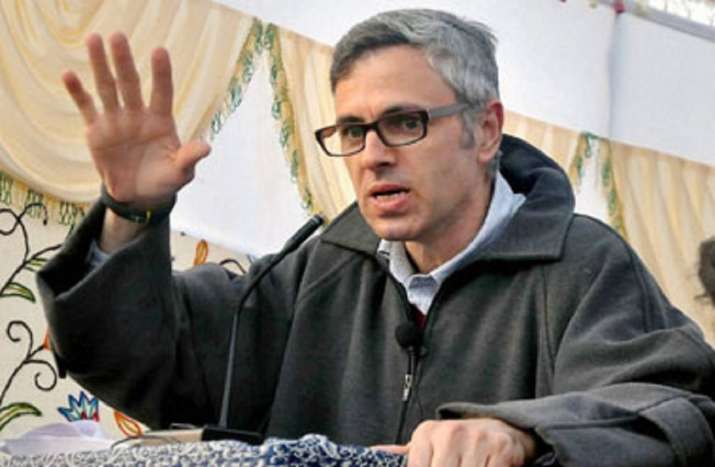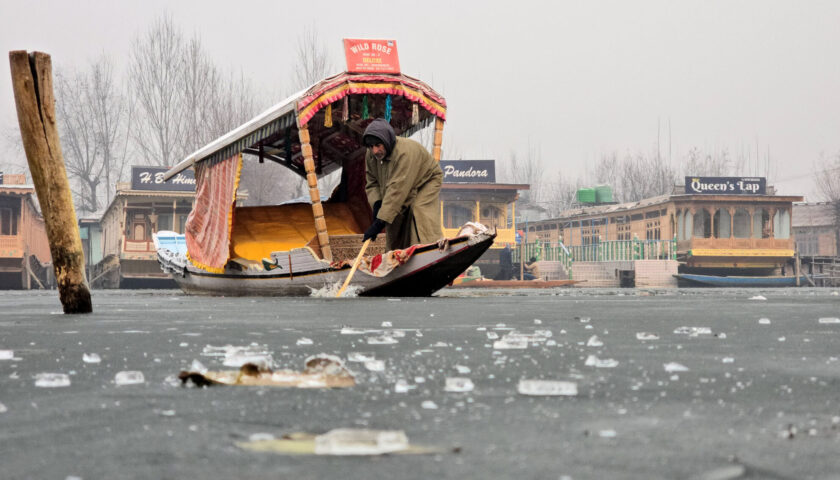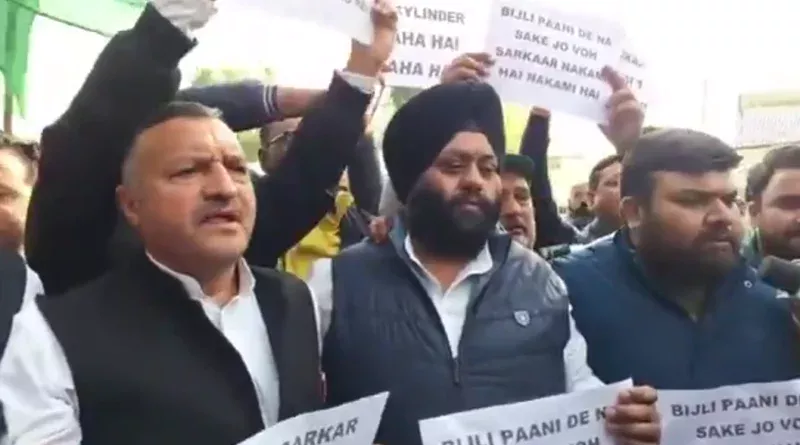Govt Schools Won’t Improve Until Ministers, MLAs, Bureaucrats Send Kids There: CM’s Candid Remark
By: Javid Amin | 19 Aug 2025
In a rare moment of candor that has struck a chord across India, a Chief Minister recently stated that government schools will never improve until ministers, MLAs, and bureaucrats start sending their own children there.
“Let their children study there — only then will change come,” the CM declared, exposing a truth most citizens know but few leaders admit: the political and bureaucratic elite design education policy for the masses, while keeping their own children comfortably enrolled in private schools.
The statement has reignited debate about educational equity, elite hypocrisy, and systemic neglect of government-run schools — particularly in regions like Jammu and Kashmir, where public education is both a lifeline for the poor and a mirror of deep inequalities.
What Lies Behind the Statement
Government schools educate over 60% of India’s children, but decades of underfunding, poor infrastructure, and bureaucratic indifference have left the system crumbling.
-
Disconnection from reality: Most lawmakers, ministers, and senior bureaucrats send their children to elite private schools, often in metros or abroad. This creates a policy gap — they frame laws for schools their children never step into.
-
Lack of accountability: When personal stakes are absent, reforms are delayed. The CM’s remark highlights a powerful principle: people care most about the systems that affect their own families.
-
Symbol of inequality: The elite-private vs. mass-public divide in schooling starkly reflects India’s social inequality.
A System in Deep Crisis
The CM’s blunt remark comes against a backdrop of worsening statistics that reveal the depth of the education crisis:
-
School closures: Between 2014 and 2023, over 89,000 government schools shut down, often under the pretext of “rationalisation”.
-
Teacher shortages: Some states face teacher vacancies of over 60%. This leaves classrooms overcrowded and students neglected.
-
Infrastructure gaps: Nearly half of government schools lack basic facilities such as separate toilets for girls, electricity, or functioning libraries.
-
Private school pressure: As public schools fail, even poor families are pushed into debt to send children to private schools. In many cities, private school fees have risen 50–80% in the last decade.
Kashmir’s Education Reality
In Jammu and Kashmir, the crisis is felt sharply:
-
Rural dependence: In districts like Kupwara, Anantnag, and Kulgam, government schools are often the only option.
-
Unequal quality: While a handful of model schools in Srinagar and Jammu perform well, most schools in far-flung villages face teacher absenteeism, multi-grade teaching, and lack of resources.
-
Conflict disruptions: Frequent shutdowns, security situations, and now climate-related disasters like floods and landslides further derail schooling.
-
Elite migration: Politicians, wealthy families, and bureaucrats overwhelmingly send their children to private schools such as Burn Hall, DPS, Presentation Convent, or schools outside Kashmir, widening the trust gap.
Why the Statement Resonates
The CM’s comment has gone viral on social media not just because it is true, but because it captures the frustration of ordinary parents who feel abandoned by the system.
-
Accountability through participation: If ministers’ children were in government schools, parents believe that funding would increase, teacher vacancies would be filled, and quality would rise overnight.
-
Symbolic justice: Citizens feel it is unjust for leaders to draft policies they will never personally experience.
-
Public anger: With rising private school fees, many middle- and lower-income families are caught between unaffordable private education and non-functional government schools.
Lessons from Elsewhere
Some countries have experimented with solutions that tie leaders directly to public services:
-
In Finland, policymakers ensured that all schools provide equal quality, so even ministers’ children attend public schools.
-
In Latin America, certain regions legally require elected officials to use public healthcare and education, making them stakeholders in reforms.
Such models show that when decision-makers must rely on the same system, improvement becomes a matter of urgency.
What Needs to Change
Experts argue that while the CM’s remark is powerful, systemic reform requires concrete steps:
-
Mandatory accountability: Policies that encourage or require public servants to enroll children in government schools could build trust.
-
Infrastructure revival: Investment in toilets, libraries, electricity, and digital learning is urgent.
-
Teacher recruitment & training: Filling vacancies, regular monitoring, and modern training methods are crucial.
-
Community oversight: Parents’ committees can ensure schools are not neglected.
-
Curbing private fee hikes: Stricter regulation of private schools is needed to protect parents from exploitation.
Voices from the Ground
-
Parents in Srinagar: “Private schools drain our income, but what choice do we have? If government schools were good, we’d happily send our children there.”
-
Teachers in Rajouri: “We try, but with no resources and double classes, how much can one teacher do?”
-
Students in Kupwara: “We study under trees in summer because classrooms are leaking. Politicians don’t care, because their kids are in Delhi schools.”
Key Takeaways
-
A Chief Minister has reignited debate by saying government schools won’t improve until ministers and bureaucrats send their children there.
-
The statement exposes elite hypocrisy and lack of accountability in India’s education policy.
-
Kashmir mirrors the national crisis, with rural neglect, teacher shortages, and elite migration to private schools.
-
Real reform requires personal stakes for policymakers, investment in infrastructure, and stronger community oversight.



